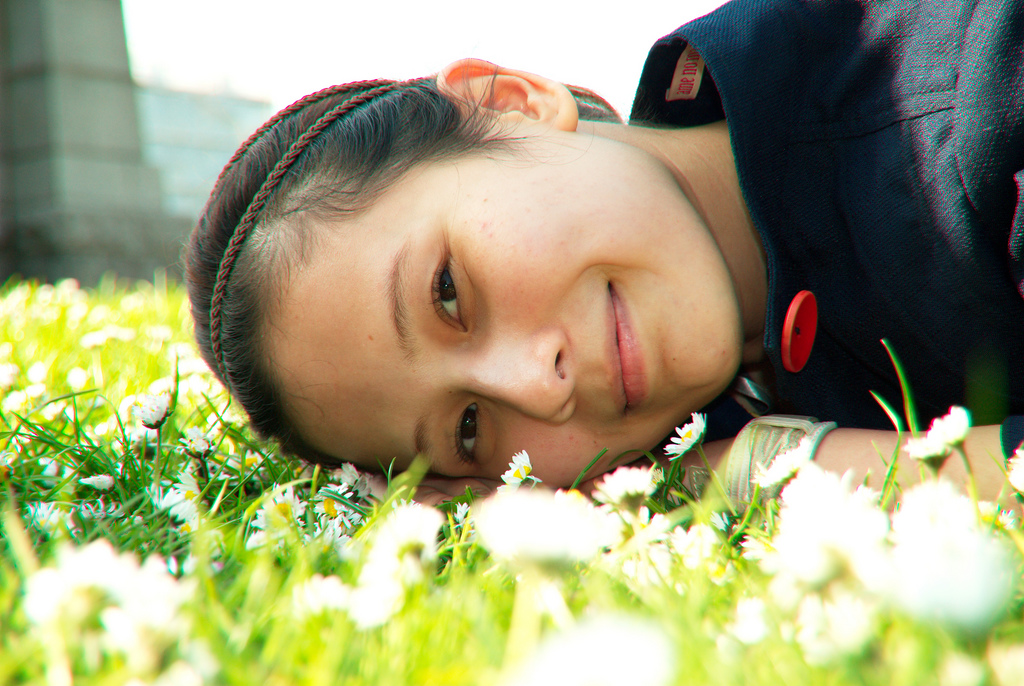So what does the “real ideal worker” ACTUALLY look like? If you’re finishing this “The Science of Finding Flow” online class, I’m guessing you know by now, but still, I’m so glad you asked.
The “real ideal worker” has 7 core qualities or skills, listed below. But before I lay them out for you, let’s remember: Those of us who cultivate these qualities are more than workers, of course.
We are the joyful people who are fulfilling our potential for creativity, productivity, intelligence, and —most importantly— meaning, fulfillment, and connection in our lives. We are the people who actually enjoy the lives that we’ve worked so hard to create. We also happen to be very good at our jobs.
You are now a part of this tribe.
1. We are able to do our most important work first. We work hard to decide what our priorities are. We seek to understand what work and relationships bring us meaning and fulfillment, and we schedule our time and our tasks accordingly. We understand the positive impact we are having on the world and other people, and this provides a tremendous source of energy and motivation.
2. We command our own attention. In a world where corporations pay by the eyeball to capture our concentration and interest, we are able to build a fortress against all that interruption. We know how to handle temptations. We use our computers and tablets and smartphones strategically rather than compulsively, as tools that make us more efficient, effective, connected, and creative—not more distracted and drained.
3. We think deeply. Business writer Eric Barker calls this “the superpower of the 21st century.” Georgetown professor Cal Newport writes in his treatise on focus, Deep Work, that “the ability to perform deep work is becoming increasingly rare at exactly the same time it is becoming increasingly valuable in our economy. As a consequence, the few who cultivate this skill, and then make it the core of their working life, will thrive.”
4. We effortlessly generate creative insights. We love to find innovative solutions to real-world, unpredictable problems. We value the activities that lead to creativity in a world that thinks we are behaving like children and slackers. We have the courage to nap, play, and stare into space while everyone else skips their lunch break in order to check their email.
5. We are authentic and emotionally courageous. We are willing to feel what we feel, and this gives us access to the wisdom of our hearts. We are tapped into the power of our intuition, which speaks to us in emotions and bodily sensations. And because we are willing to experience difficult emotions, we are gritty—we are able to persist despite difficulty toward our long-term goals. We are able to take risks, have difficult conversations, and stay true to what we know is right.
6. We are flourishing. We understand that cynicism is a marker of fear, not intelligence, and that when we prioritize positivity in our lives—when we consciously cultivate gratitude and love, happiness and peace, awe and inspiration, optimism and faith—we broaden our perception in the moment and build resources over time. Our ability to foster positive emotions allows us to access our most high-functioning, creative, and intelligent selves. We are more engaged with our work, our friends, our families, and our communities than our less positive peers.
7. We are connected. We understand the transcendent importance of our relationships, and so we cast the net of our real-life friends and family both wide and deep. We are less likely to experience sadness, loneliness, low self-esteem, and problems with eating and sleeping than people who keep others at a distance. We are the strangers on the street who smile at you. We are the people you ask for favors, because we love to help out. We are your best friends, because we know how to build—and repair—our relationships.
We are the people who know how to find flow. Welcome to the tribe!
This post is from the “Science of Finding Flow,” an online course I created as a companion to my book The Sweet Spot: How to Accomplish More by Doing Less. Want to go on to the next class or start the course from the beginning? It’s free! Just go to The Science of Finding Flow course page. Enjoy!









